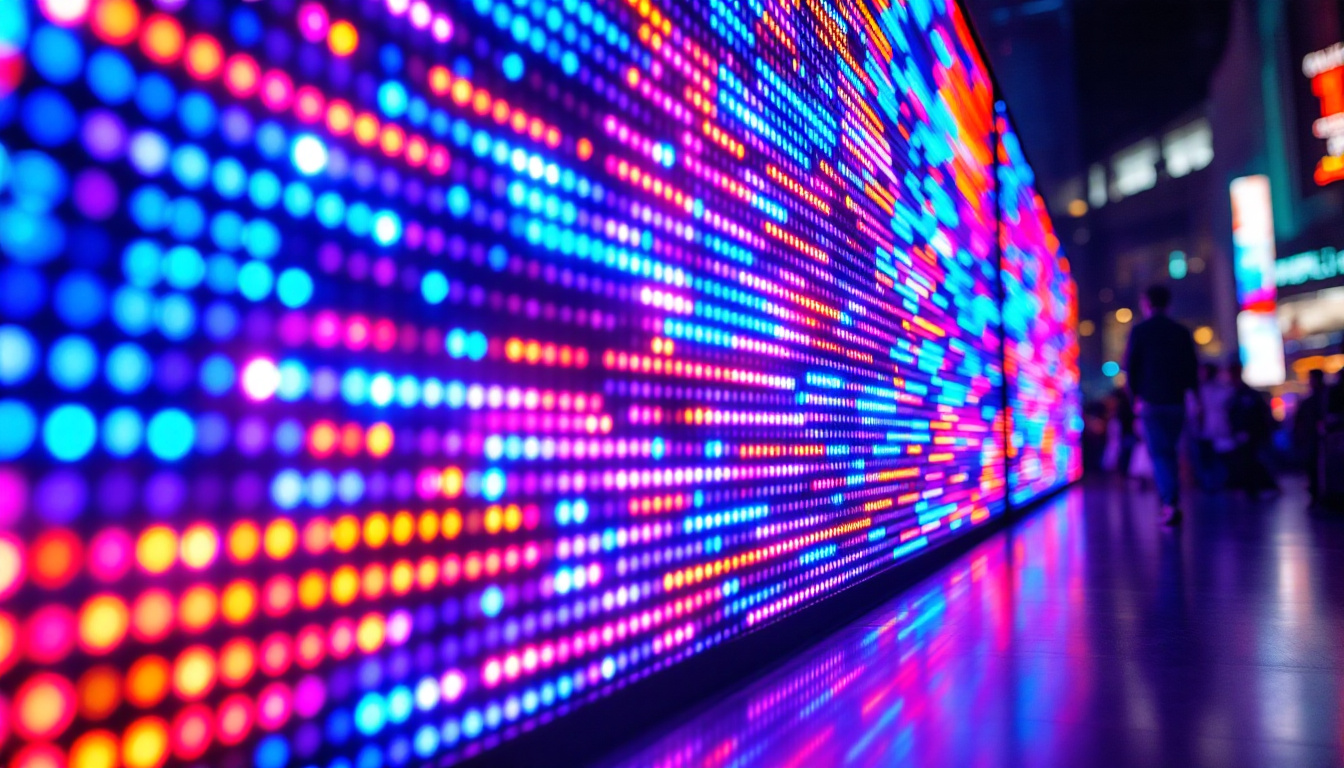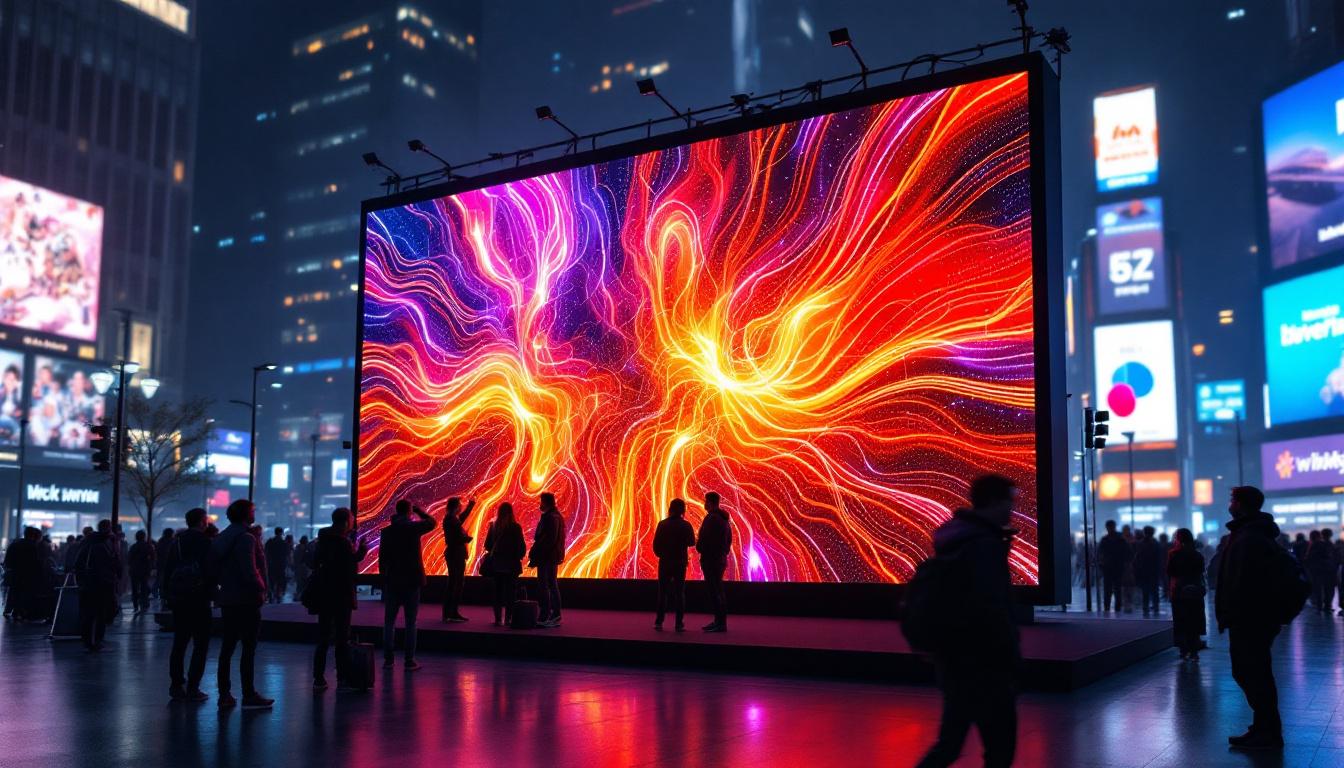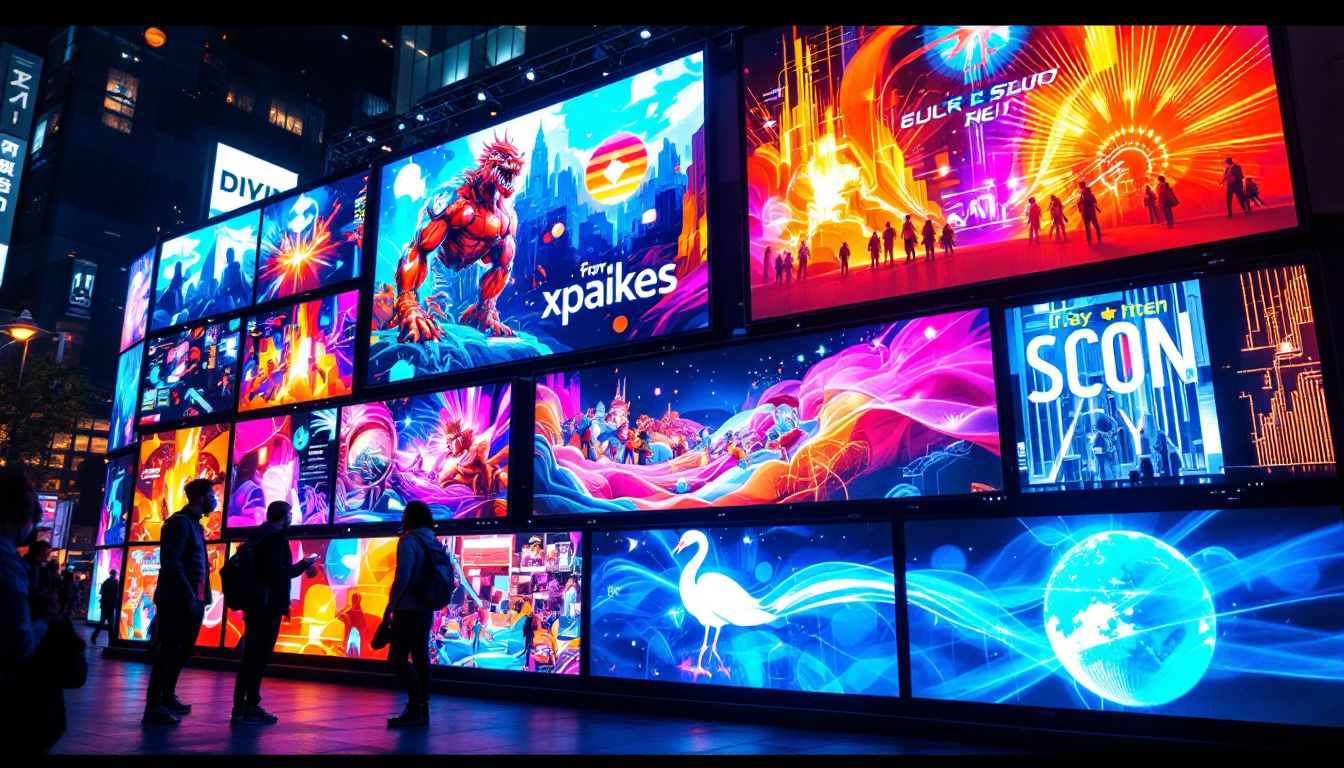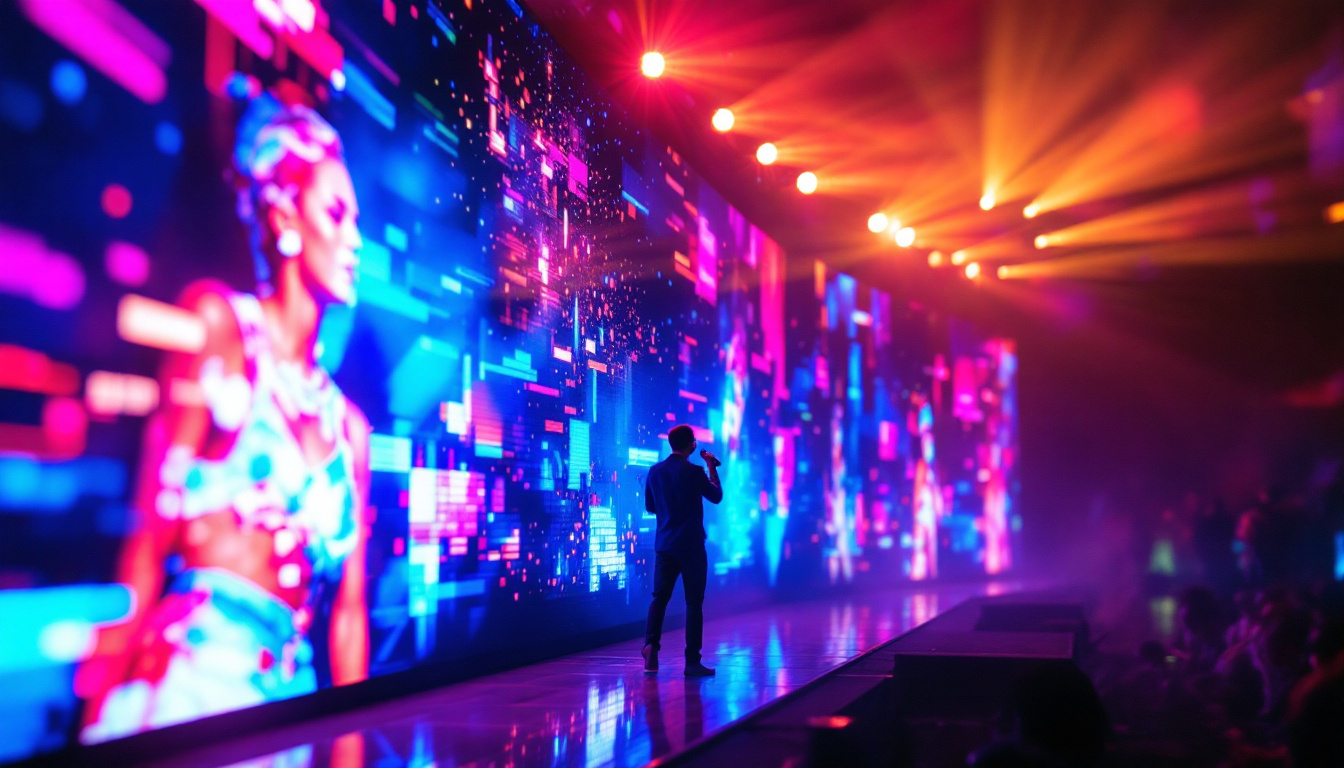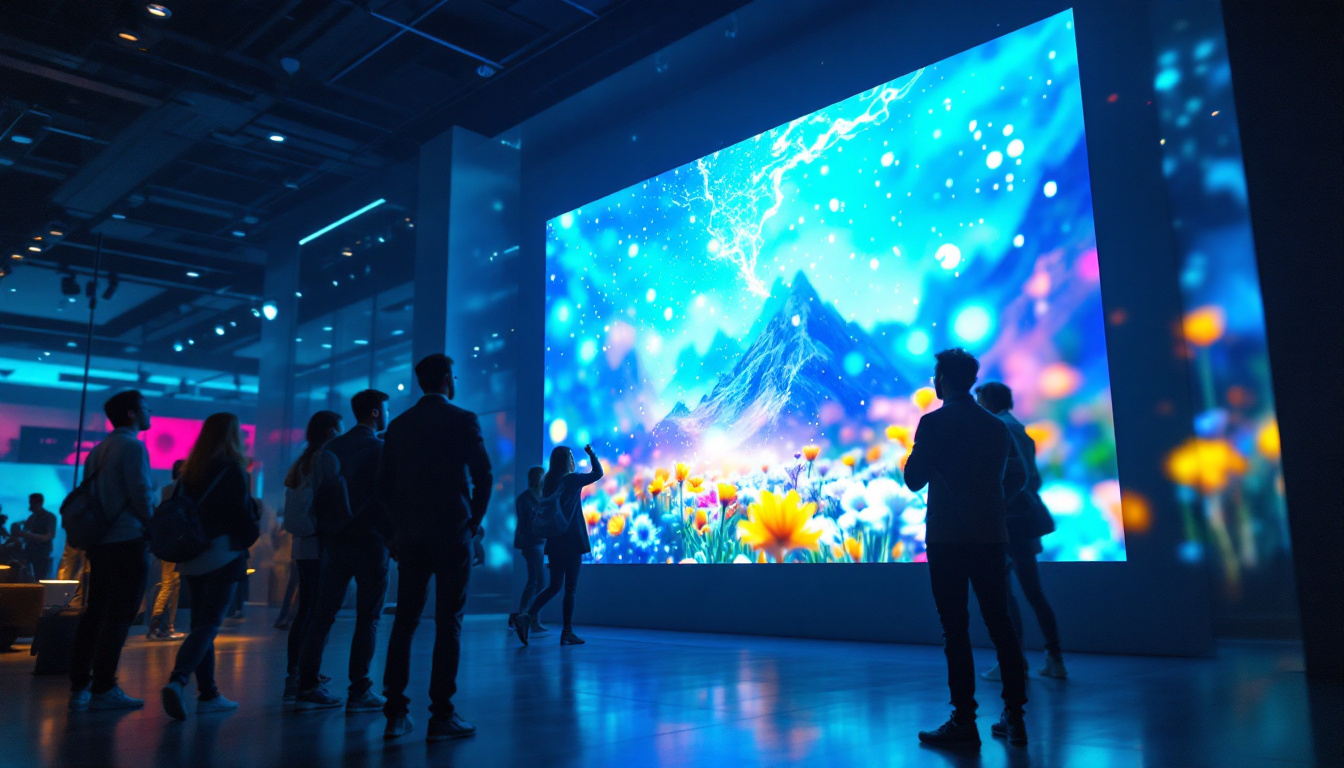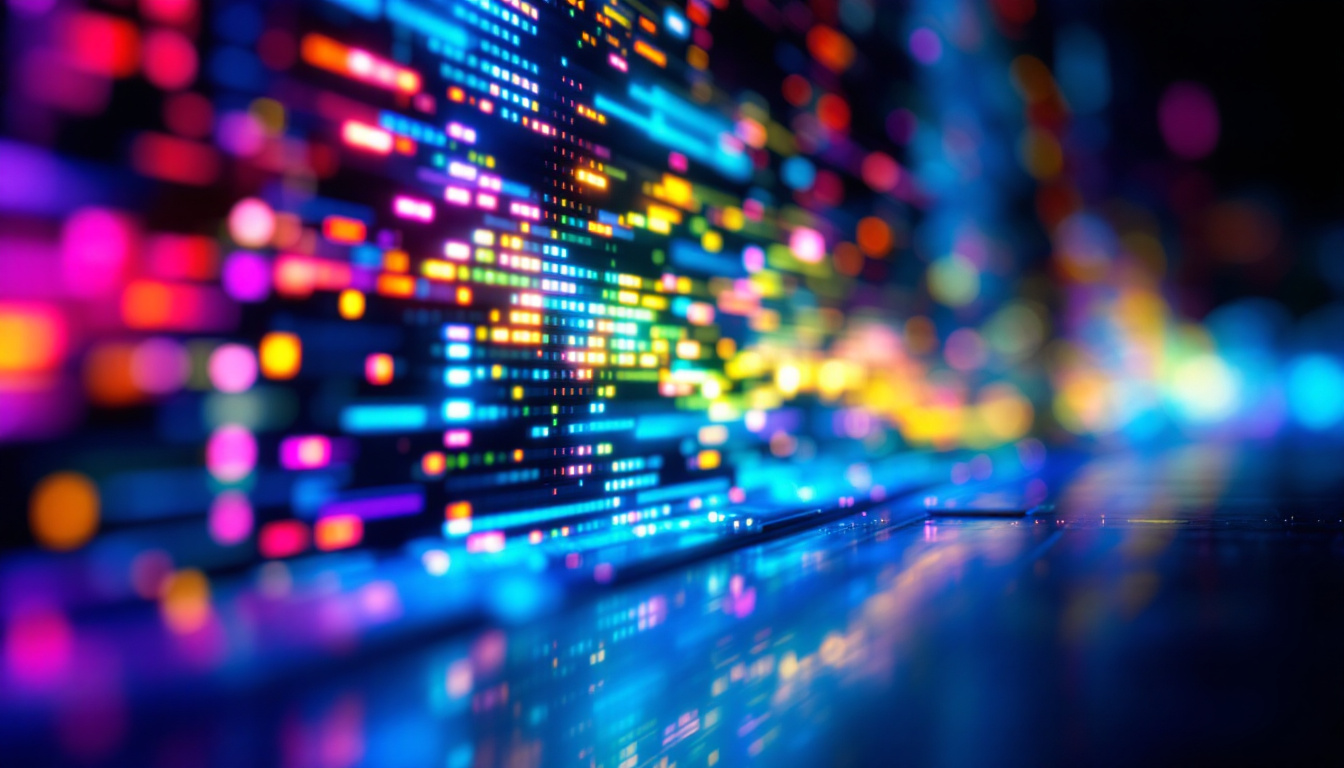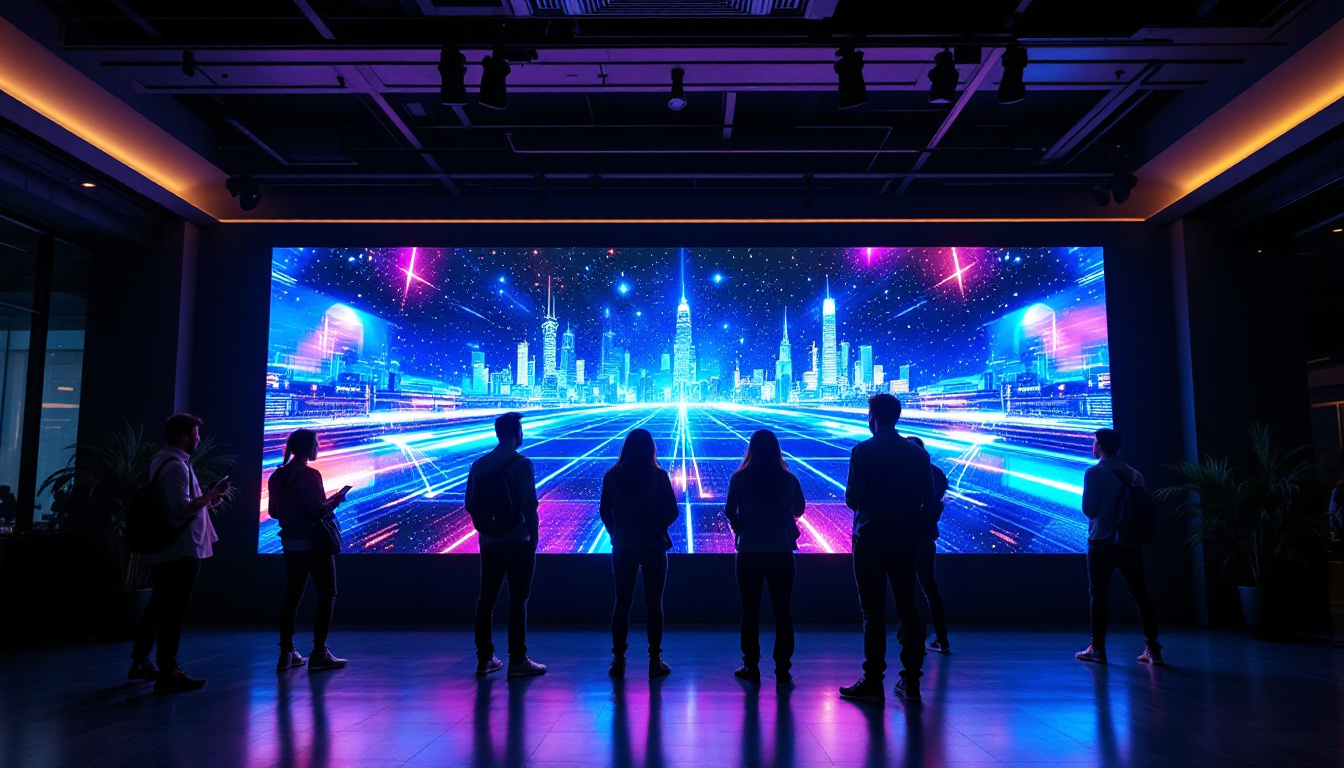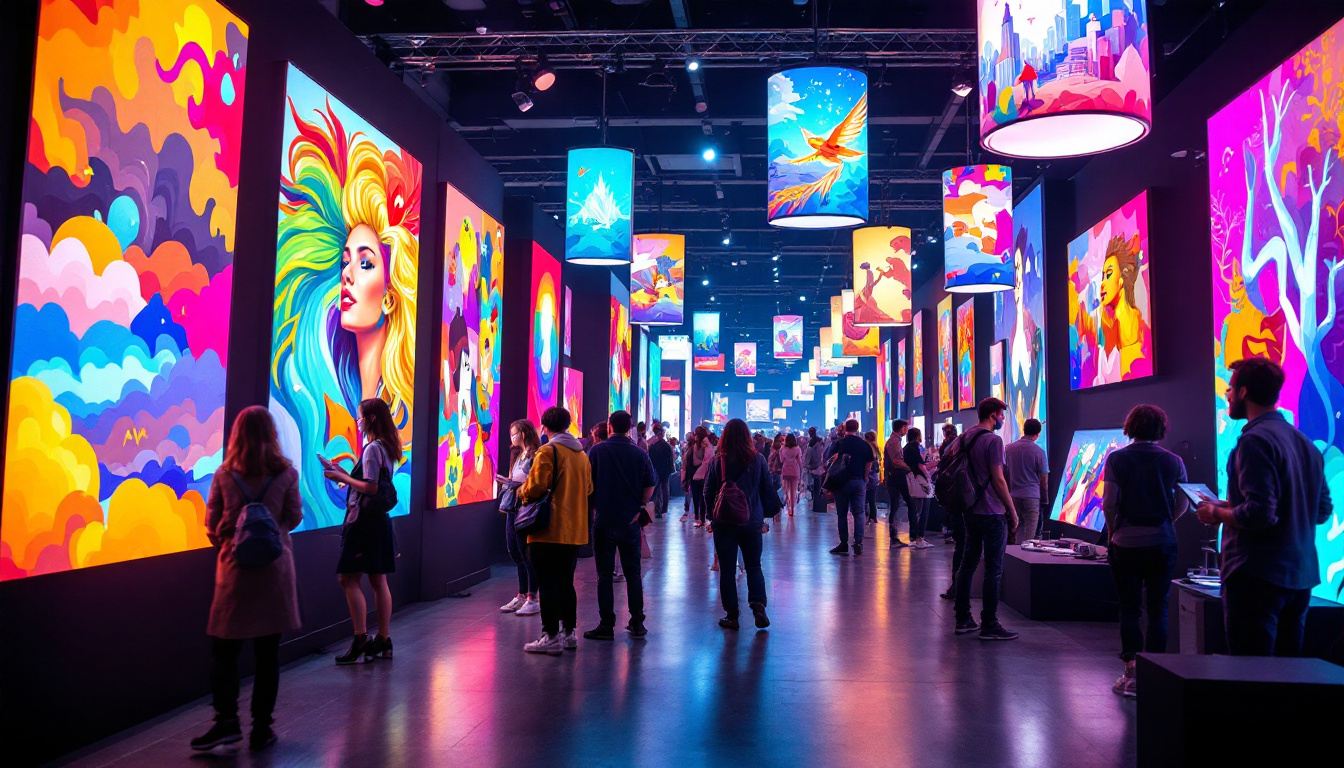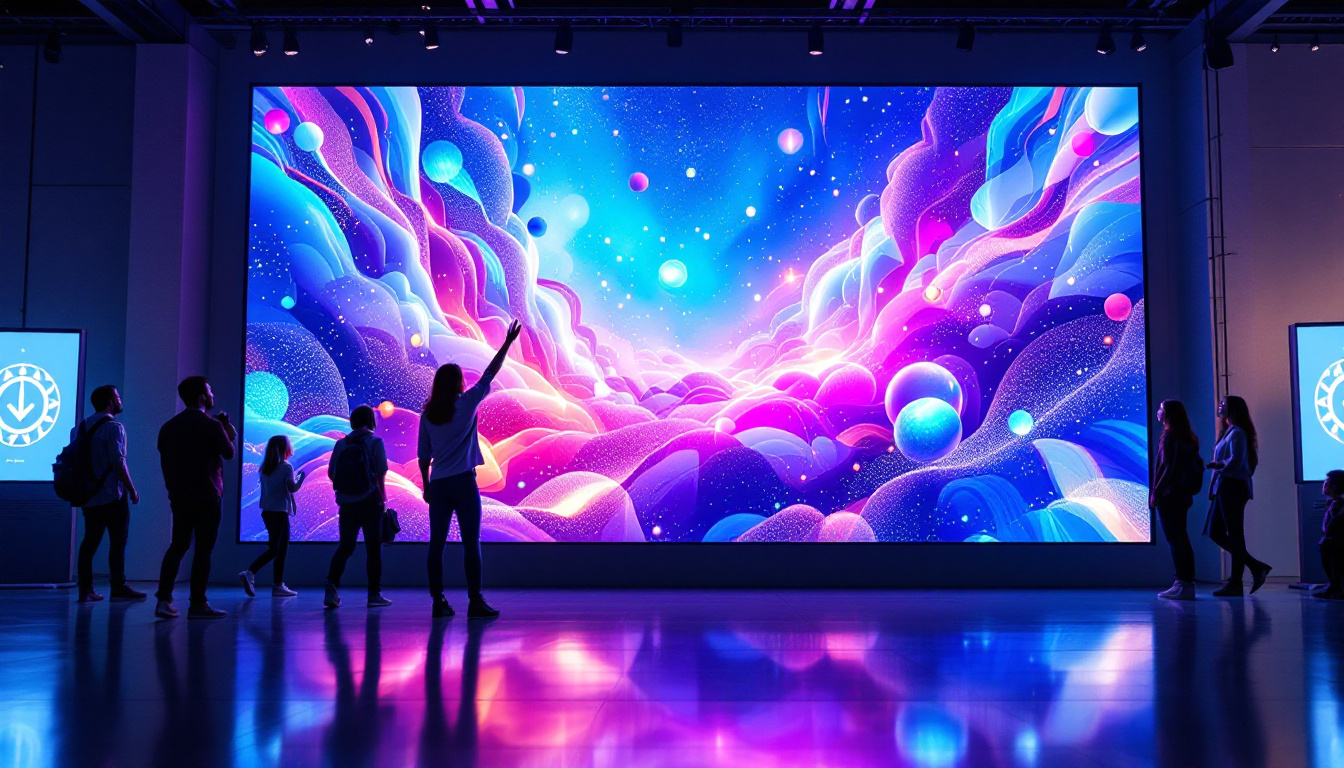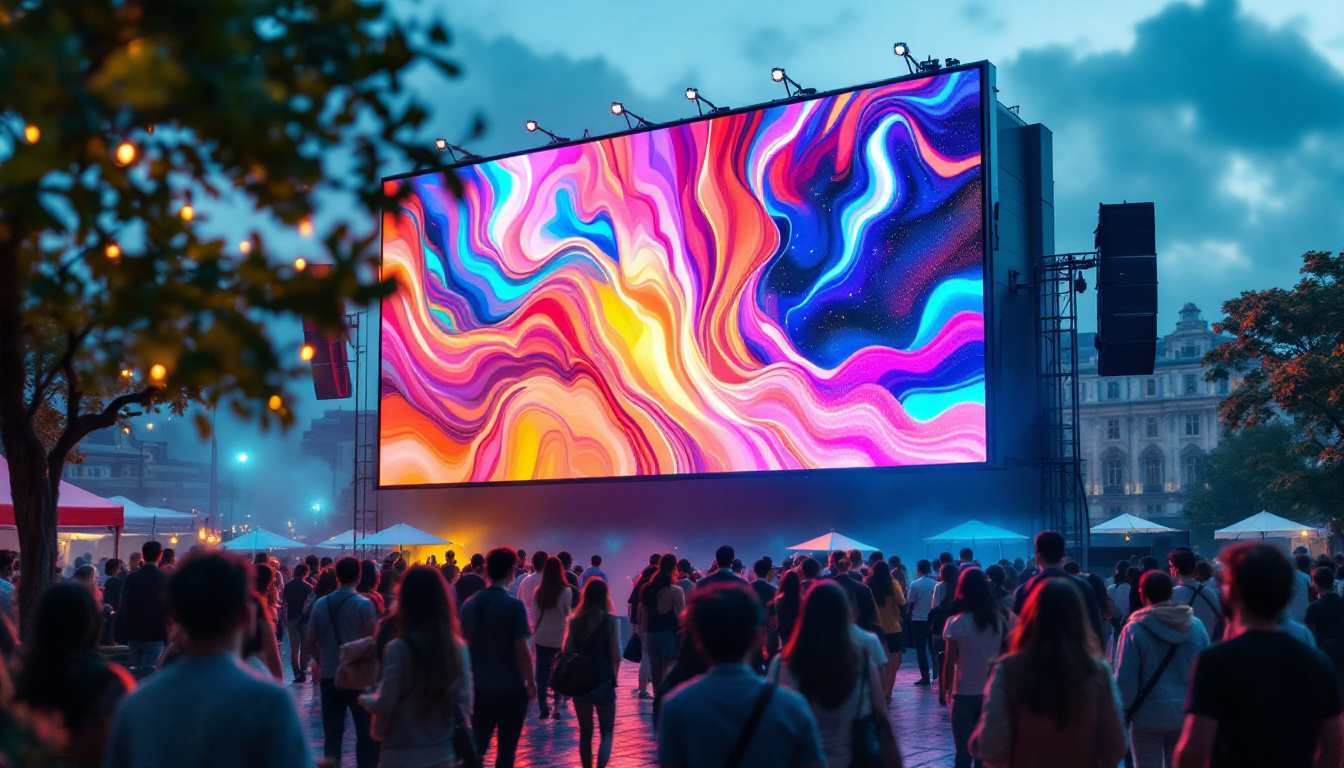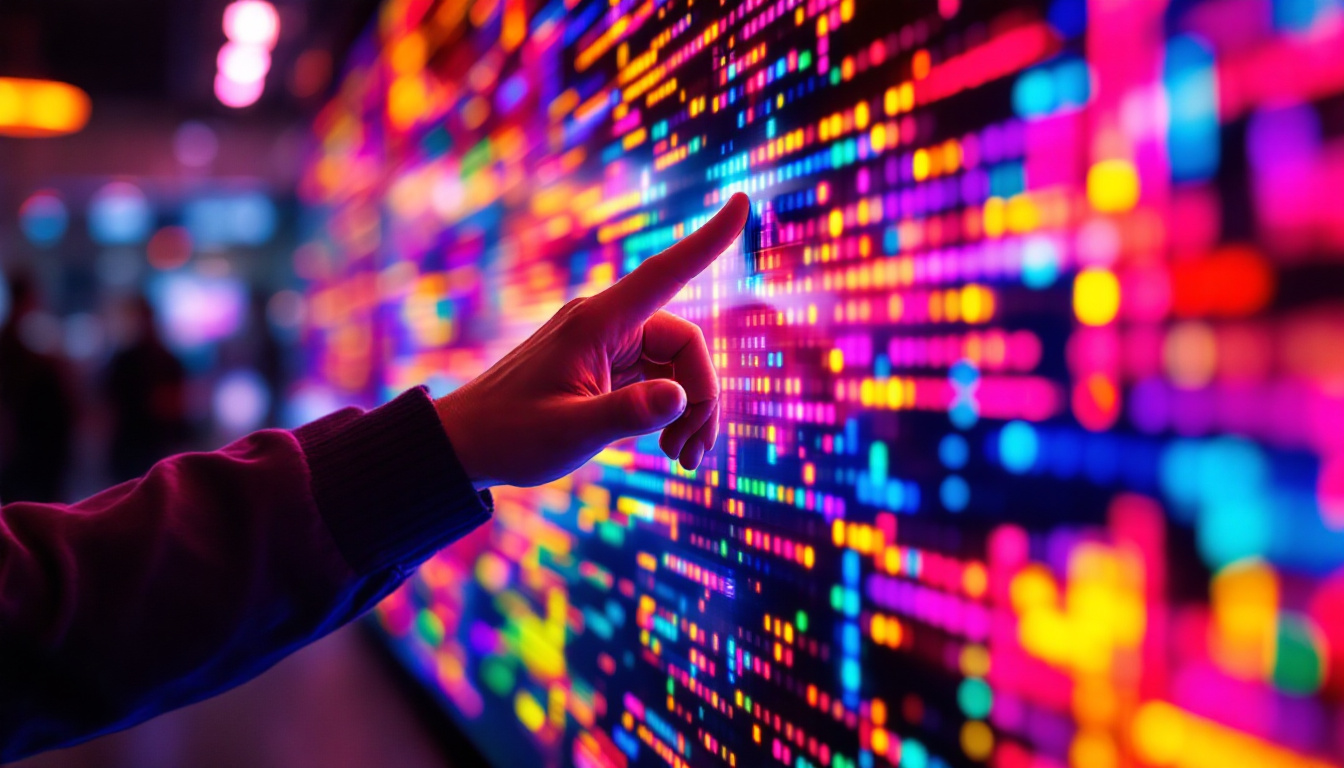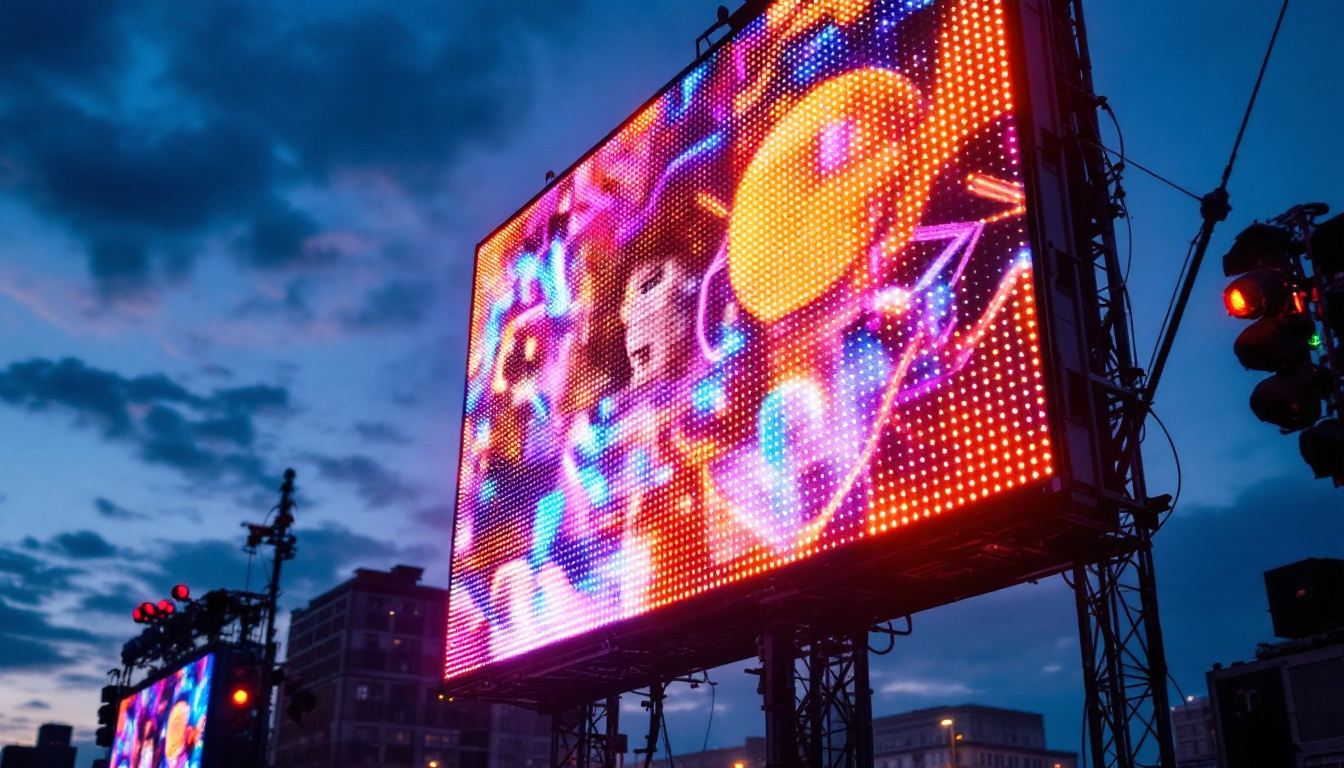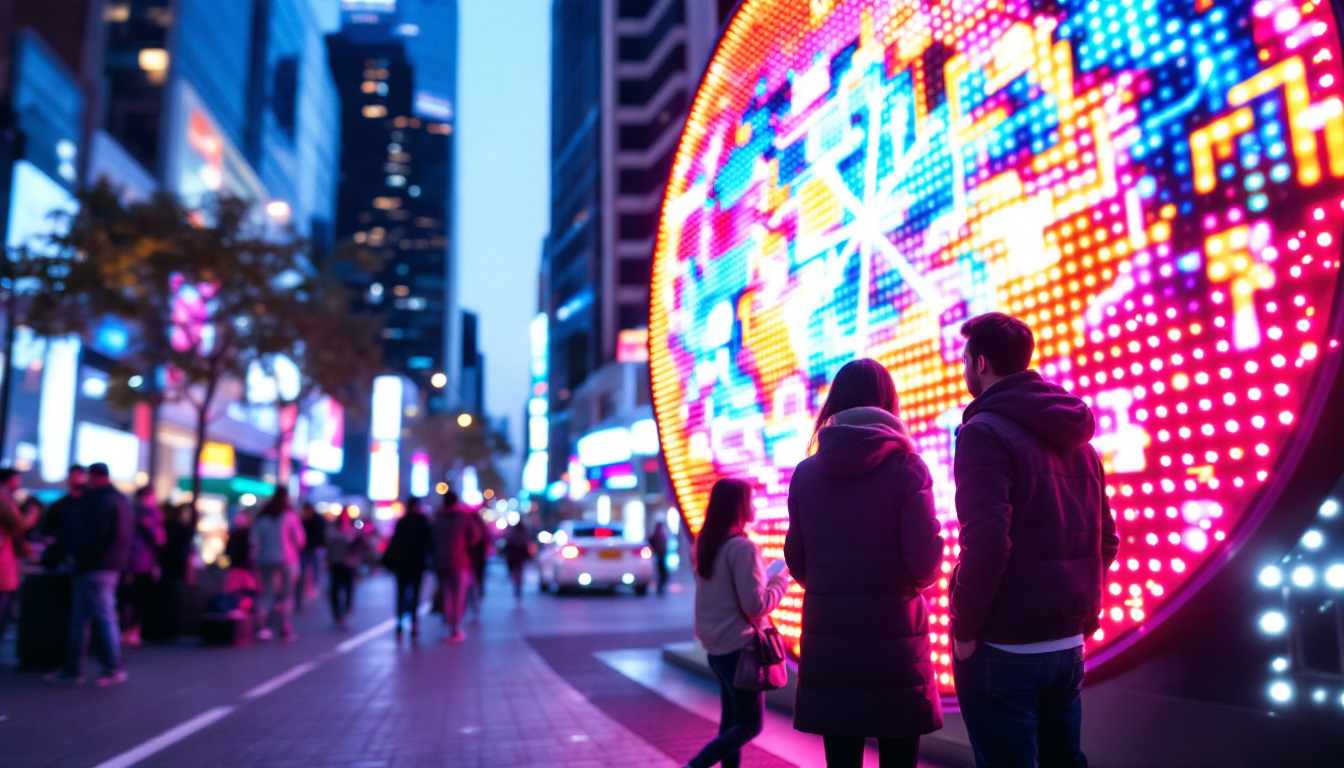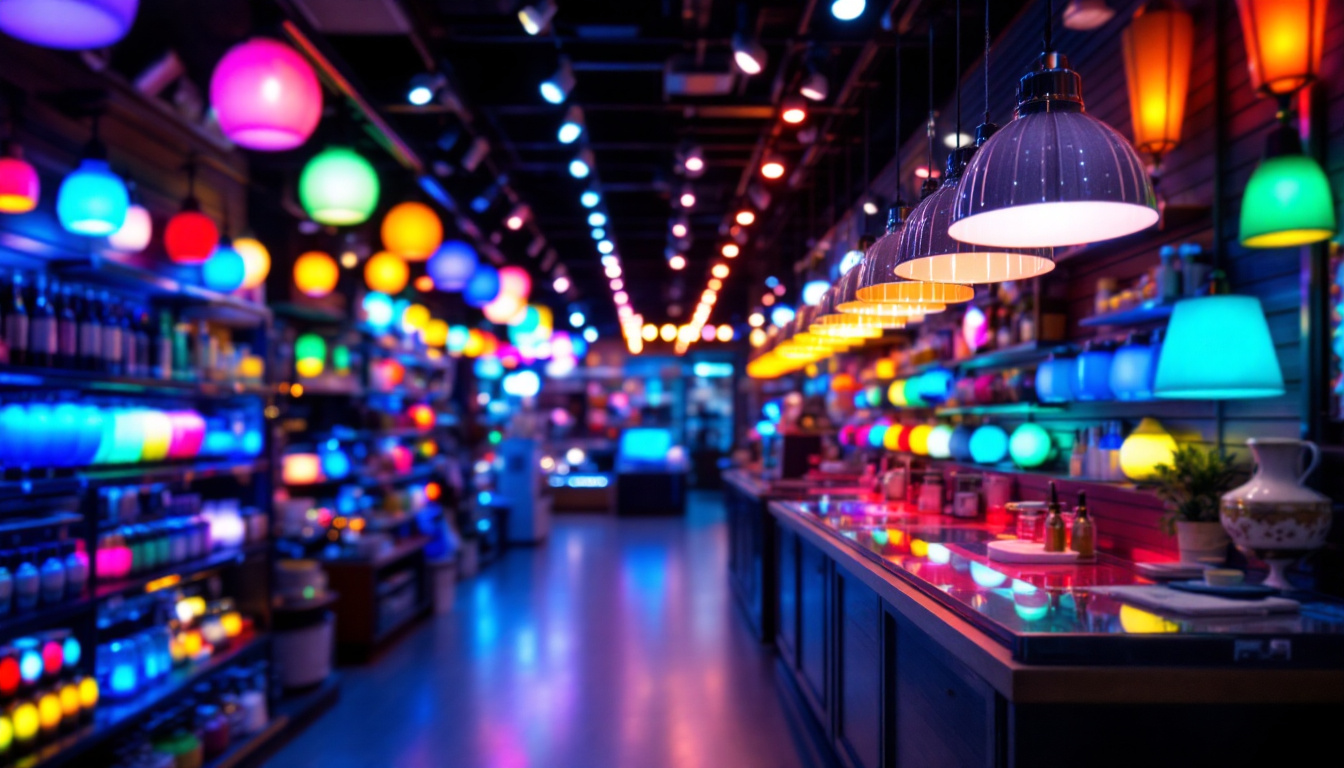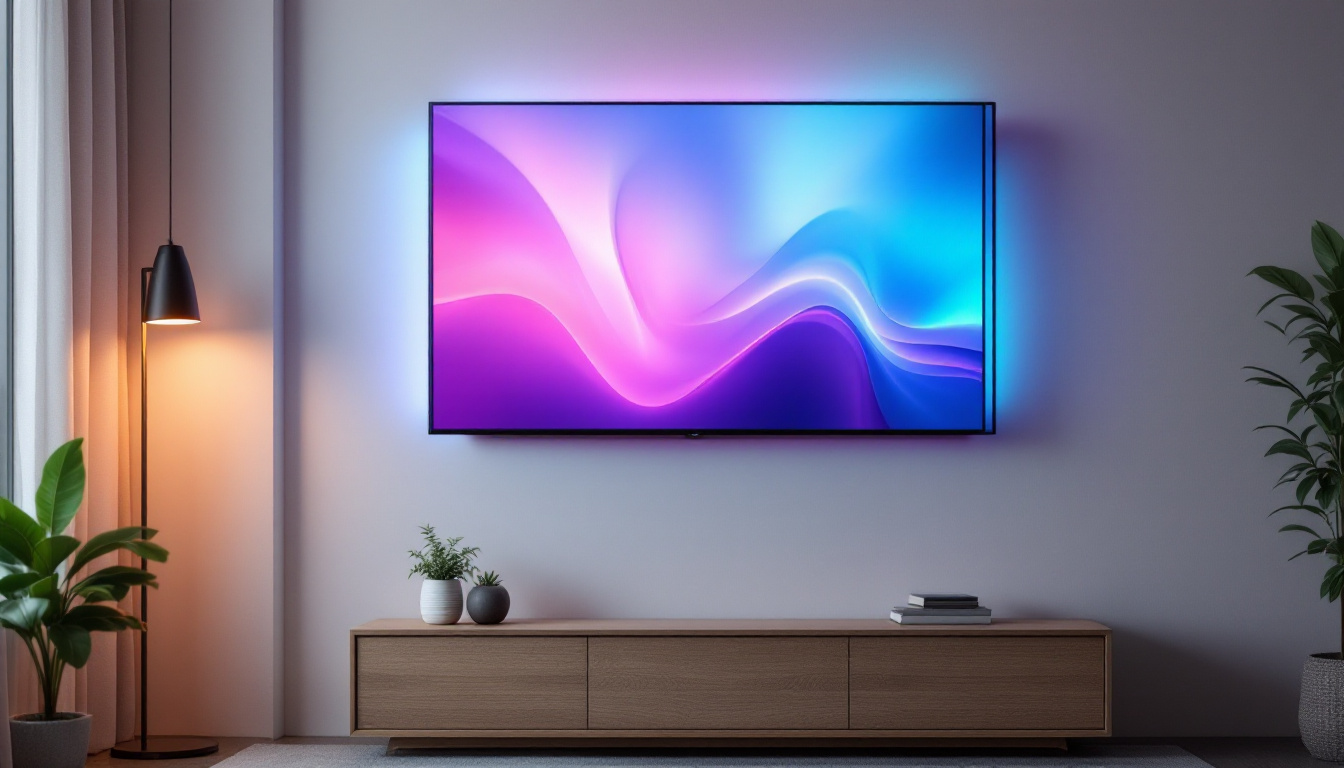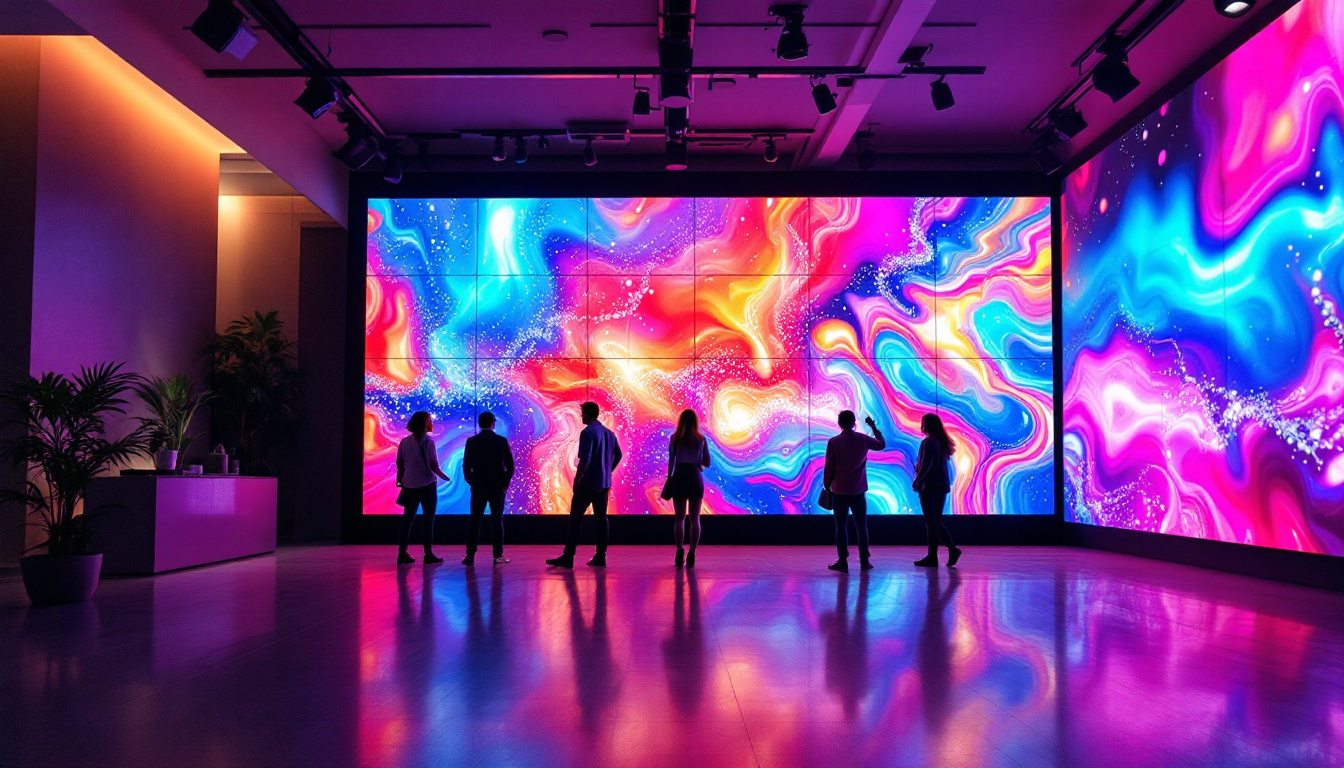In the world of modern technology, LED displays have become ubiquitous. From massive billboards in urban centers to the screens on our smartphones, the digital pixel has revolutionized the way we perceive visual information. This article delves into the intricacies of LED displays, explaining their components, functionality, and applications, while also exploring the future of this dynamic technology.
Understanding LED Technology
Light Emitting Diodes (LEDs) are semiconductor devices that emit light when an electric current passes through them. This technology has evolved significantly over the years, leading to the development of LED displays that offer vibrant colors, high brightness, and energy efficiency. At the core of LED technology is the concept of electroluminescence, where certain materials emit light when energized.
The Basics of LED Components
LED displays are composed of multiple components that work together to produce images. The primary elements include:
- LED Chips: These are the heart of the display, responsible for emitting light. They come in various colors, including red, green, and blue (RGB), which can be combined to create a full spectrum of colors.
- Pixel Matrix: The arrangement of LED chips forms a pixel matrix. Each pixel is made up of individual red, green, and blue LEDs, allowing for a wide range of color combinations.
- Control Systems: These systems manage the display’s operation, ensuring that the correct signals are sent to each pixel to produce the desired images and animations.
Types of LED Displays
LED displays come in various forms, each suited for different applications. The most common types include:
- Direct View LED Displays: These are typically used for large outdoor screens, such as billboards and stadium displays. They offer high brightness and visibility even in direct sunlight.
- LED Backlit Displays: Commonly found in televisions and computer monitors, these displays use LEDs to illuminate an LCD panel, providing better contrast and color accuracy.
- Organic LED (OLED) Displays: A newer technology that uses organic compounds to emit light. OLED displays are known for their superior color reproduction and flexibility, making them ideal for smartphones and high-end televisions.
How LED Displays Work
The operation of LED displays is a fascinating interplay of technology and design. Understanding how these displays work requires a closer look at the processes involved in image generation and color mixing.
Image Generation
At its core, an LED display generates images by illuminating individual pixels. Each pixel consists of three sub-pixels (red, green, and blue), which can be adjusted in brightness to create various colors. The control system sends signals to each pixel, determining how much light each sub-pixel should emit. By varying the intensity of these sub-pixels, the display can produce a wide array of colors.
This process is often referred to as pulse-width modulation (PWM). By rapidly turning the LEDs on and off, the display can create the illusion of different brightness levels, enhancing the overall image quality. The combination of these techniques allows for the rendering of detailed images and smooth animations.
Color Mixing
Color mixing is a fundamental aspect of LED displays. The RGB color model is the standard used in most LED displays, where red, green, and blue light can be combined in different intensities to produce a wide spectrum of colors. For instance, combining red and green light produces yellow, while all three colors at full intensity create white light.
Advanced LED displays may also incorporate additional colors, such as cyan, magenta, and yellow (CMYK), to enhance color accuracy and vibrancy. This capability is particularly important in applications where precise color reproduction is critical, such as in digital signage and advertising.
Applications of LED Displays
The versatility of LED displays has led to their adoption across various industries. Their applications range from advertising to entertainment, education, and beyond.
Advertising and Marketing
One of the most prominent uses of LED displays is in advertising. Digital billboards and signage have become a staple in urban environments, allowing businesses to display dynamic content that can be easily updated. This flexibility enables marketers to tailor their messages to specific audiences and times, maximizing engagement and effectiveness.
Moreover, LED displays can attract attention with bright colors and motion, making them more effective than traditional static advertisements. The ability to change content in real-time also allows for promotional campaigns that can be adjusted based on current events or customer behavior.
Entertainment and Events
In the entertainment industry, LED displays play a crucial role in enhancing the audience experience. Concerts, sporting events, and festivals often feature large LED screens that display live footage, graphics, and animations. These displays create an immersive environment, allowing attendees to feel more connected to the performance.
Additionally, LED technology is used in stage productions and theaters to create dynamic backdrops and lighting effects. The versatility of LED displays allows for creative storytelling and visual effects that enhance the overall production value.
Education and Information Dissemination
LED displays are increasingly being used in educational settings, such as schools and universities. Digital signage can provide real-time information, announcements, and schedules, improving communication within the institution. Interactive LED displays can also facilitate engaging learning experiences, allowing students to participate actively in lessons.
Furthermore, LED technology is utilized in museums and exhibitions to provide informative displays that enhance visitor engagement. Interactive exhibits featuring LED screens can offer immersive experiences, making learning more enjoyable and memorable.
Advantages of LED Displays
LED displays offer numerous advantages over traditional display technologies, making them a popular choice across various applications. Some of the key benefits include:
Energy Efficiency
One of the most significant advantages of LED displays is their energy efficiency. Compared to traditional incandescent or fluorescent displays, LEDs consume significantly less power. This not only reduces operational costs but also contributes to environmental sustainability.
Moreover, LED displays generate less heat, which can prolong their lifespan and reduce the need for additional cooling systems. This efficiency makes them an attractive option for businesses looking to minimize their carbon footprint.
High Brightness and Contrast
LED displays are known for their high brightness levels, making them suitable for both indoor and outdoor applications. Their ability to maintain visibility in direct sunlight is a crucial factor for outdoor advertising and public displays.
Additionally, LED technology offers superior contrast ratios, resulting in more vibrant colors and deeper blacks. This quality enhances the viewing experience, making LED displays ideal for applications where image quality is paramount.
Durability and Longevity
LED displays are built to withstand harsh conditions, making them highly durable. They are resistant to shock, vibration, and temperature fluctuations, which is particularly important for outdoor installations. This durability translates to a longer lifespan, reducing the need for frequent replacements and maintenance.
Furthermore, advancements in LED technology have led to improved reliability, ensuring that displays function optimally over extended periods. This longevity is a significant advantage for businesses that rely on consistent performance for their advertising and information dissemination needs.
Challenges and Considerations
Despite their numerous advantages, LED displays are not without challenges. Understanding these challenges is essential for making informed decisions about their implementation.
Initial Costs
The initial investment for LED displays can be higher than traditional display technologies. This upfront cost may deter some businesses from adopting LED solutions, especially small enterprises with limited budgets. However, it is essential to consider the long-term savings in energy costs and maintenance when evaluating the overall return on investment.
Viewing Angles
While LED displays offer excellent brightness and color reproduction, their viewing angles can be limited, particularly in certain configurations. This limitation can affect the visibility of the display from different perspectives, which is a critical consideration for outdoor installations or large venues.
To mitigate this issue, manufacturers have developed various techniques, such as using advanced optics and improving pixel arrangements, to enhance viewing angles. However, it remains a factor that needs to be addressed during the design and installation phases.
The Future of LED Displays
The future of LED displays is bright, with ongoing advancements in technology promising even greater capabilities. Innovations in areas such as flexible displays, microLED technology, and integration with augmented reality (AR) are set to redefine how LED displays are used across various industries.
Flexible and Transparent Displays
One of the most exciting developments in LED technology is the emergence of flexible and transparent displays. These displays can be bent and shaped to fit unconventional surfaces, opening up new possibilities for design and application. Transparent LED displays can be integrated into windows and glass surfaces, allowing for advertising without obstructing visibility.
This flexibility will enable designers and architects to create innovative installations that blend technology with aesthetics, further enhancing the appeal of LED displays in urban environments.
MicroLED Technology
MicroLED technology is another groundbreaking advancement that promises to revolutionize the display industry. MicroLEDs are tiny individual LEDs that can be used to create high-resolution displays with exceptional brightness and contrast. This technology eliminates the need for backlighting, resulting in thinner, lighter displays with improved energy efficiency.
MicroLED displays have the potential to replace traditional LCD and OLED technologies, offering superior performance and versatility across various applications, from consumer electronics to large-scale signage.
Conclusion
LED displays have transformed the way we interact with visual information, offering numerous advantages that have made them a staple in various industries. From their energy efficiency and durability to their vibrant colors and high brightness, LED technology continues to evolve, paving the way for innovative applications and designs.
As advancements in flexible displays, microLED technology, and integration with AR continue to emerge, the future of LED displays looks promising. Businesses and consumers alike can expect to see even more dynamic and engaging visual experiences, making LED displays an integral part of our digital landscape.
Explore the Future of Visual Display with LumenMatrix
As you’ve seen, LED displays are not just a part of our digital world; they are at the forefront of shaping its future. If you’re ready to elevate your visual communication and captivate your audience with unparalleled clarity and vibrancy, look no further than LumenMatrix. With our comprehensive range of innovative LED display solutions, from Indoor and Outdoor LED Walls to Custom and Transparent Displays, we are committed to revolutionizing your visual experience. Check out LumenMatrix LED Display Solutions today and join us in the era of digital pixel perfection.

